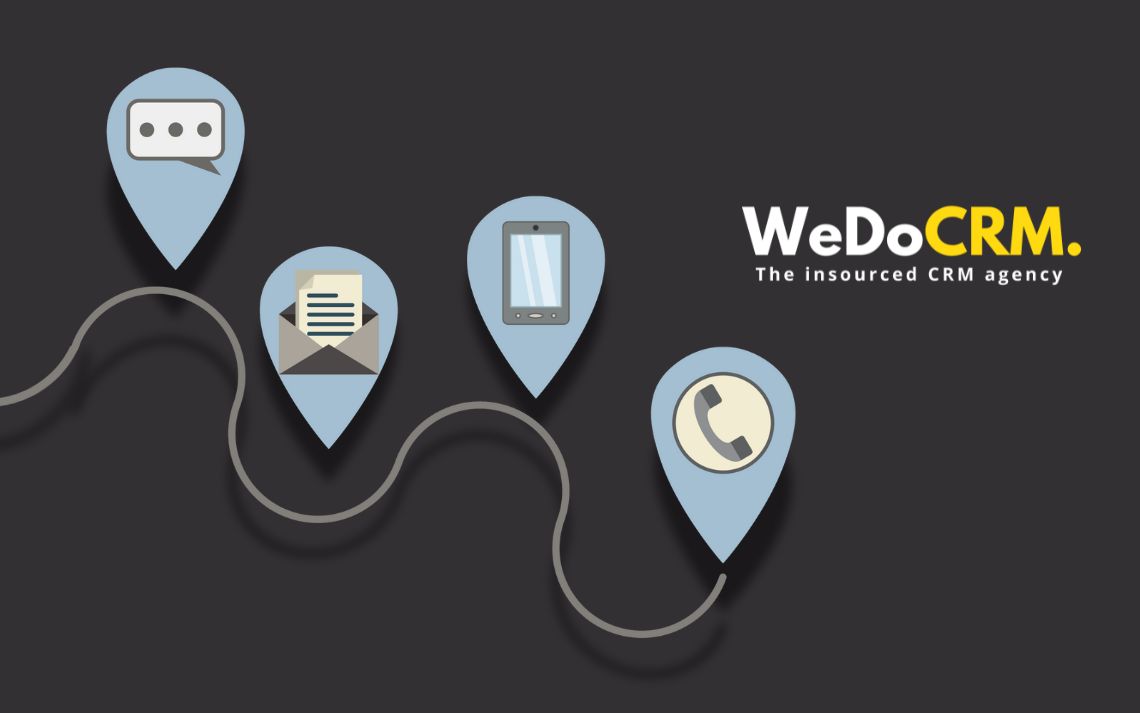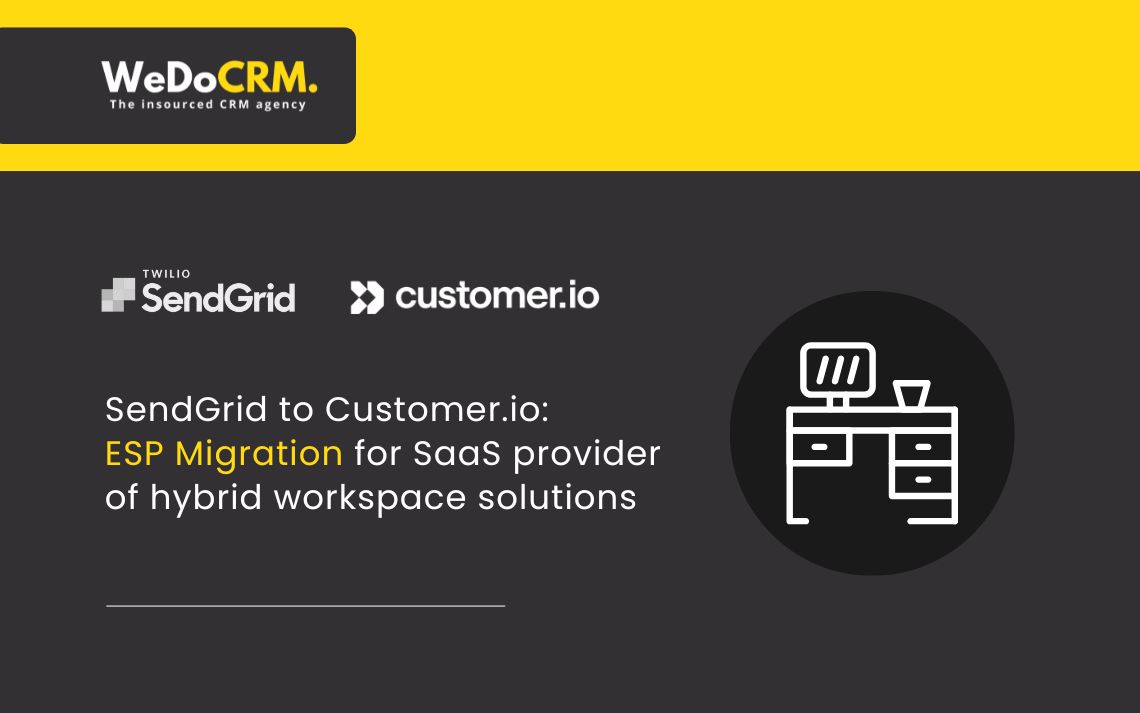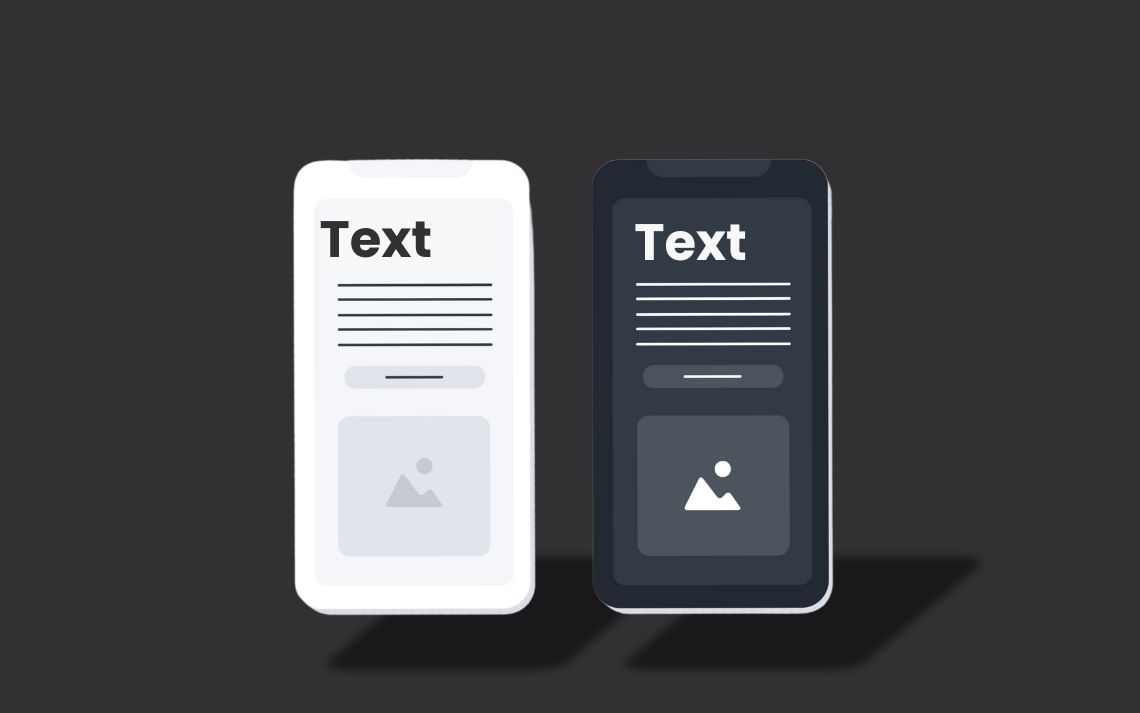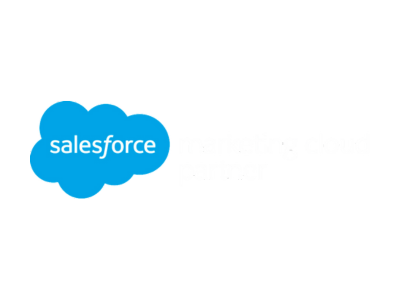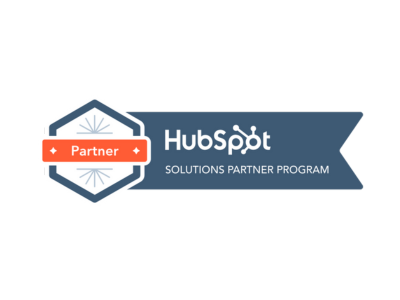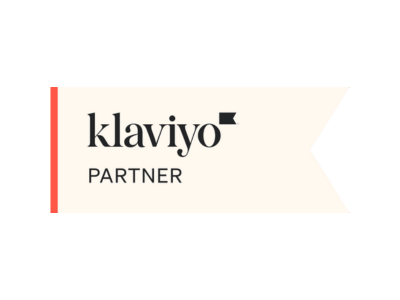Nobody wants to feel like just another face in the crowd (“Nobody puts baby in the corner” comes to mind!). We all love that barista who remembers our complicated coffee order or the local bookshop owner who sets aside the latest release from our favourite book author. (We are currently loving Frieda McFadden in our WeDoCRM book club!) That personal touch, though… is magic.
Your customers aren’t just hoping you’ll remember their preferences; they’re expecting it. In fact, 84% of consumers say being treated like a person, not a number, is crucial to winning their business. And if you don’t deliver? Well, your competitor is just a click away, ready with open arms and an algorithm that remembers everything.
Come with us on a journey (pardon the pun) and explore how CRM can personalise every stage of the customer journey, leading to improved satisfaction, loyalty, and ultimately, business success.
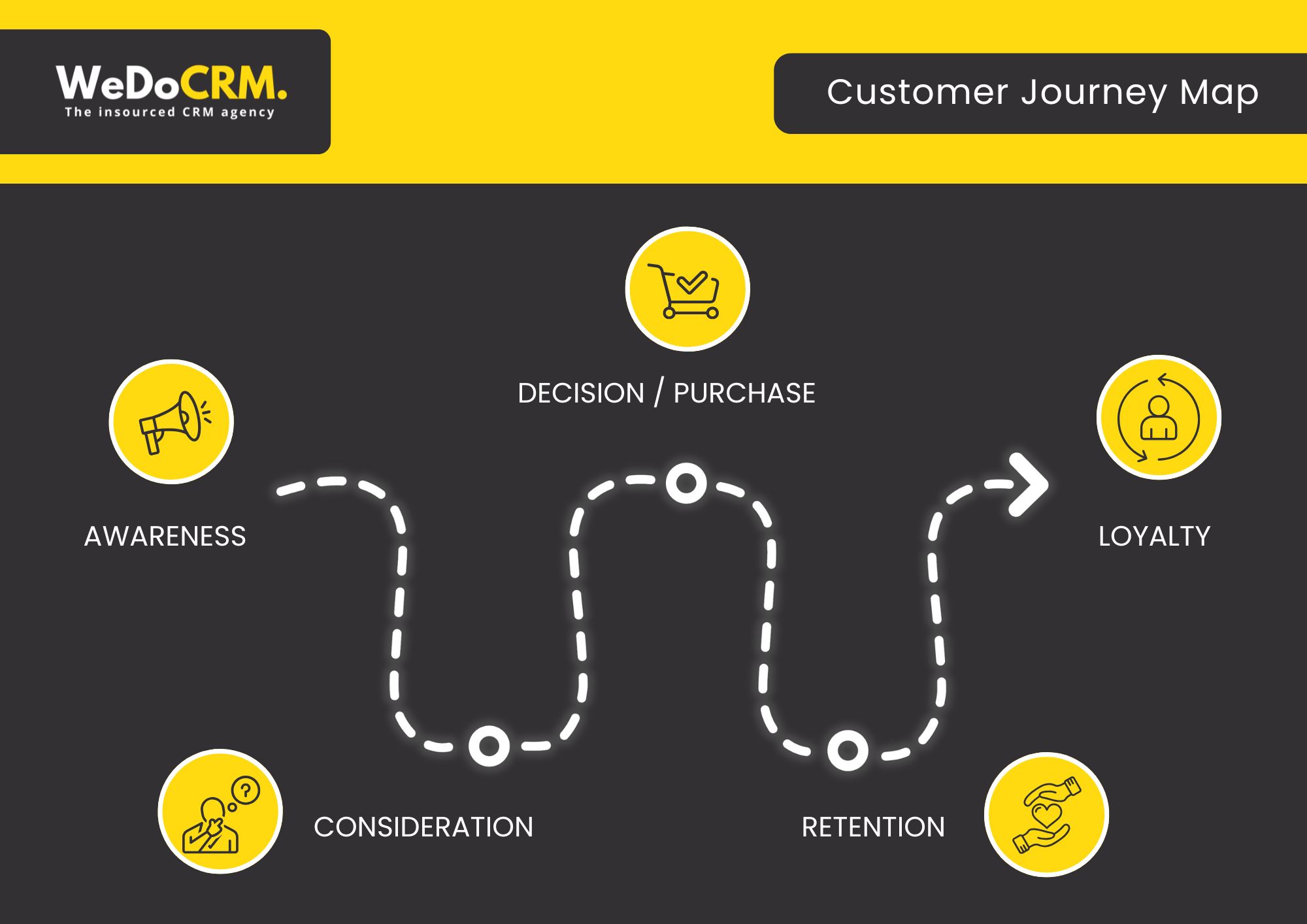
Personalisation Begins with Data
The foundation of personalisation is… data! accurate, relevant, and timely data. A CRM system serves as a central point for all customer-related information, gathering data from multiple touchpoints, including sales, marketing, customer service, social media, and even past interactions. The beauty of a modern CRM is how it pulls together all those scattered breadcrumbs your customers leave behind, e.g:
- That abandoned cart at 2 AM (we’ve all been there)
- The three product pages they’ve visited four times each
- The customer service call where they mentioned their upcoming wedding
- The Instagram post they tagged you in last summer
- The “just browsing” visit that happens every payday
Individually, these may appear as isolated events. But together, they reveal the full story of your customer’s journey. Knowing that story gives you powers. You suddenly see patterns nobody else can.
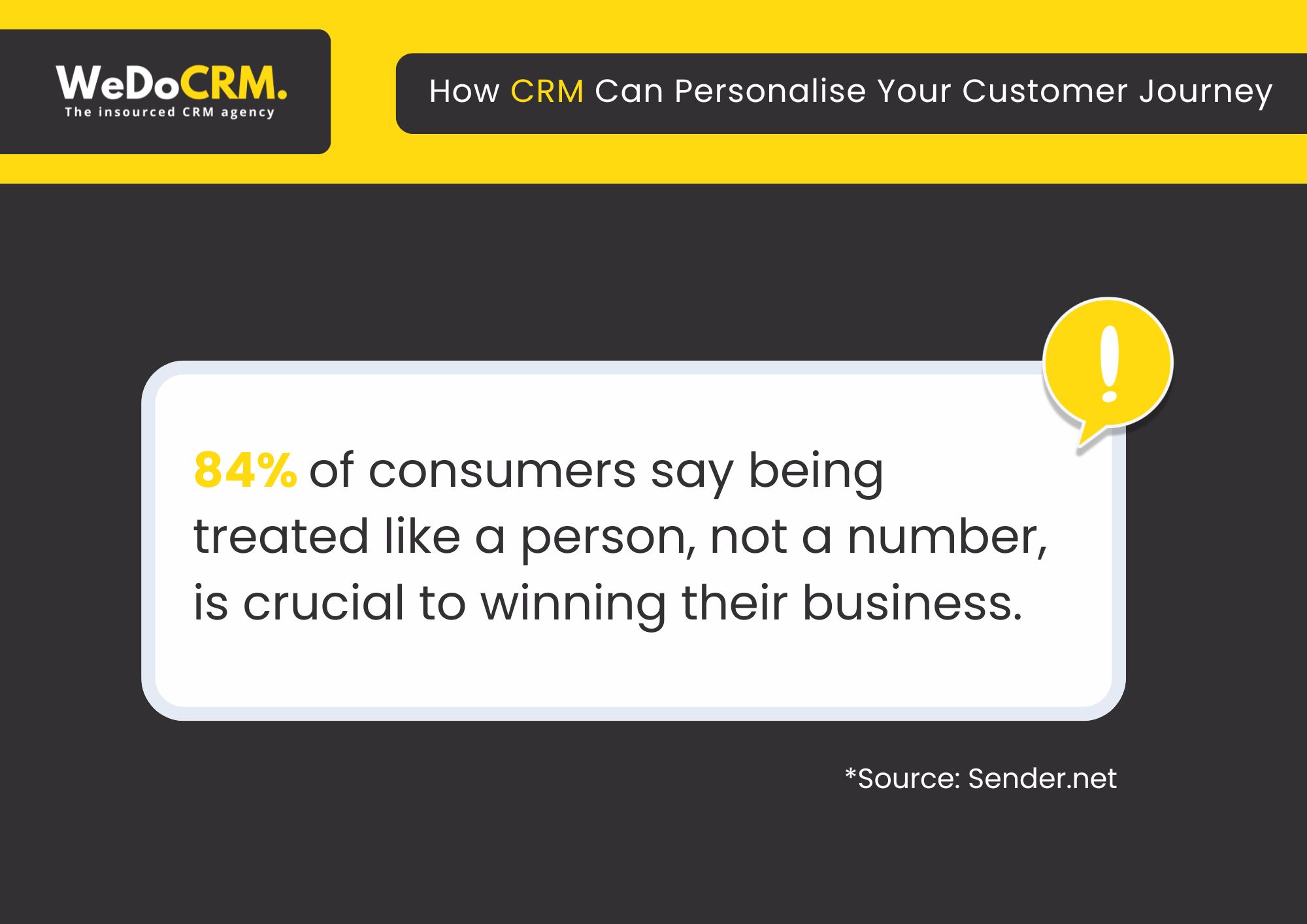
How CRM Data Powers Personalisation:
Customer Profiles
These systems gather all the little details that make you, you – from where you live and what you’ve bought to how you prefer to be contacted.
Behavioural Insights
Your clicks, scrolls, and purchases tell a story! CRMs are like digital detectives, noticing patterns in your behaviour that even you might miss. “Hmm, looks like Sarah always browses our website on Sunday evenings and loves blue things…” This helps companies anticipate what you might want next – almost like they’re reading your mind (but in a non-creepy way!).
Segmentation
CRMs help businesses group like-minded customers together. Maybe you’re part of the “Weekend Warrior” crowd who buys outdoor stuff like wellies or hiking boots, or perhaps you’re in the “we do gym” era. By understanding which groups you naturally fit into, businesses can send messages that matter to you instead of blasting everyone with the same generic content.
The Awareness Stage: Crafting Personalised Experiences
The customer journey often begins when potential customers first become aware of your brand. Personalising this initial interaction can make a lasting first impression, setting the tone for a positive and engaged relationship. Remember meeting someone new who somehow made you feel like you had known them forever? Well, with CRM, your first interactions can feel surprisingly familiar:
Targeted Marketing Campaigns: CRMs allow businesses to craft highly targeted marketing campaigns based on customer segments. Instead of generic mass emails, customers receive communications that speak directly to their interests, behaviours, and needs.
For example: “Hey Sarah, noticed you’ve been checking out our hiking gear, are you planning that Trail adventure you mentioned?”
Dynamic Content: With CRM data, websites and landing pages can display personalised content based on a visitor’s past interactions or preferences. For instance, returning visitors might see product recommendations based on their browsing history, while first-time visitors might be greeted with tailored introductory offers.
For example, A returning customer who browses your gardening section every spring. Content can be… Look at these gorgeous new planters we just got in!
Lead Nurturing: CRM systems enable automated lead nurturing campaigns that adapt to the individual’s journey. For example, if a prospect engages with a particular product page, your CRM helps you stay on the right side by delivering exactly what prospects need, exactly when they need it.
For example: “Still considering that project management software? Here’s a 3-minute setup guide showing how easy it is.”
By leveraging CRM data early on, businesses can create a more engaging and relevant experience for customers right from the start, increasing the likelihood of conversion.
Consideration Stage: Delivering Personalisation
Once a potential customer moves to the consideration stage, evaluating products or services personalisation becomes even more crucial. This is where a CRM platform can help guide the customer toward a decision by offering value at every touchpoint.
When customers are weighing options, the right personalised touch can be the difference between “still thinking” and “take my money.”
How CRM Enhances Personalisation in the Consideration Stage:
Tailored Product Recommendations: CRM platforms can track a customer’s browsing and purchasing behaviour to recommend products or services that match their preferences. For example, if a customer has been exploring a specific category, it can suggest similar items or complementary products. Ever had Amazon suggest something so perfect? That’s the power of CRM-driven recommendations.
Smart Follow-Ups: Sales teams can use CRM insights to follow up with potential customers in a meaningful way. Instead of generic follow-up emails, sales teams can reference specific products the customer has shown interest in, turning your sales team into helpful allies instead of persistent pests.
Content Personalisation: Whether through email marketing or on your website, the CRM platform can deliver personalised content that answers the customer’s unique questions or challenges. This could be in the form of case studies, testimonials, or product comparisons relevant to their interests.
By using CRM-driven insights during the consideration phase, businesses can provide the personalised touchpoints needed to build trust and guide customers closer to a purchase decision.
How CRM Personalises the Purchase Experience:
When it comes to the purchase stage, personalisation is key to providing a smooth and enjoyable buying process. CRM systems help ensure that customers feel valued and understood during this critical phase.
Personalised Offers and Discounts: Your CRM can track a customer’s behaviour to trigger personalised offers or discounts right before purchase.
For example: “Still thinking about that jacket? We’ve set aside a 10% discount just for you, but only for the next hour!”
Streamlined Checkout: A CRM integrated with e-commerce platforms can simplify the checkout process for returning customers by pre-filling information and providing product suggestions based on past purchases. Nothing kills purchase momentum like filling out the same information for the forty-seventh time. Your CRM remembers returning customers.
For example: “Welcome back, Jamie! We’ve got your usual shipping address ready to go, just confirm and you’re all set.”
Personalised Communications: Once the purchase is made, CRM systems can automatically send personalised thank-you messages that acknowledge the customer by name and include details about their purchase, making them feel appreciated.
For example: “Thanks for your order, Simon! This is your third purchase this year, which officially makes you one of our favourite customers. Your hand-crafted table will begin production tomorrow with our master woodworker, Matt.”
Nurturing Loyalty and Retention Post-Purchase
The customer journey doesn’t end with the purchase. Some of the most valuable opportunities for personalisation come after the sale.
Follow-Up Engagements: After a purchase, CRMs can automatically trigger follow-up communications, such as thank-you emails, product care tips, or surveys to gather feedback. It shows you care and that you are going beyond just a sale.
For example: “Hey Hannah, now that you’ve had your new mountain bike for two weeks, how was that trail ride you were planning for last weekend?”
Loyalty Programs: CRMs can manage and personalise loyalty programs by tracking customer interactions and tailoring rewards or exclusive offers based on their preferences and purchase history.
For example: “Kirsty, as someone who’s purchased every limited edition we’ve released, we’d love to give you early access to our upcoming collection before we announce it publicly.” (This is a real-life example from our head of clients, Kirsty, who loves to shop!)
Upselling and Cross-Selling: Based on a customer’s previous purchases, a CRM system can suggest complementary products or services. Personalised upsell and cross-sell offers feel more relevant and less intrusive, increasing the chances of additional sales.
For example: “We noticed you’ve been loving that espresso machine you bought last month, many customers like you found these speciality beans perfect for bringing out the caramel notes you mentioned enjoying.”
Ready to Personalise Your Customer Journey? Let Us Show You How!
In a world where we’re all drowning in generic marketing noise, personalisation cuts through the clutter like nothing else. It transforms transactions into relationships. From the first interaction through the entire customer journey, CRMs help businesses harness the power of data to create experiences that delight.
Get in touch to discover how we can help you craft experiences that don’t just sell but genuinely connect.
Or email at hello@wedocrm.co – we are looking forward to hearing from you.



